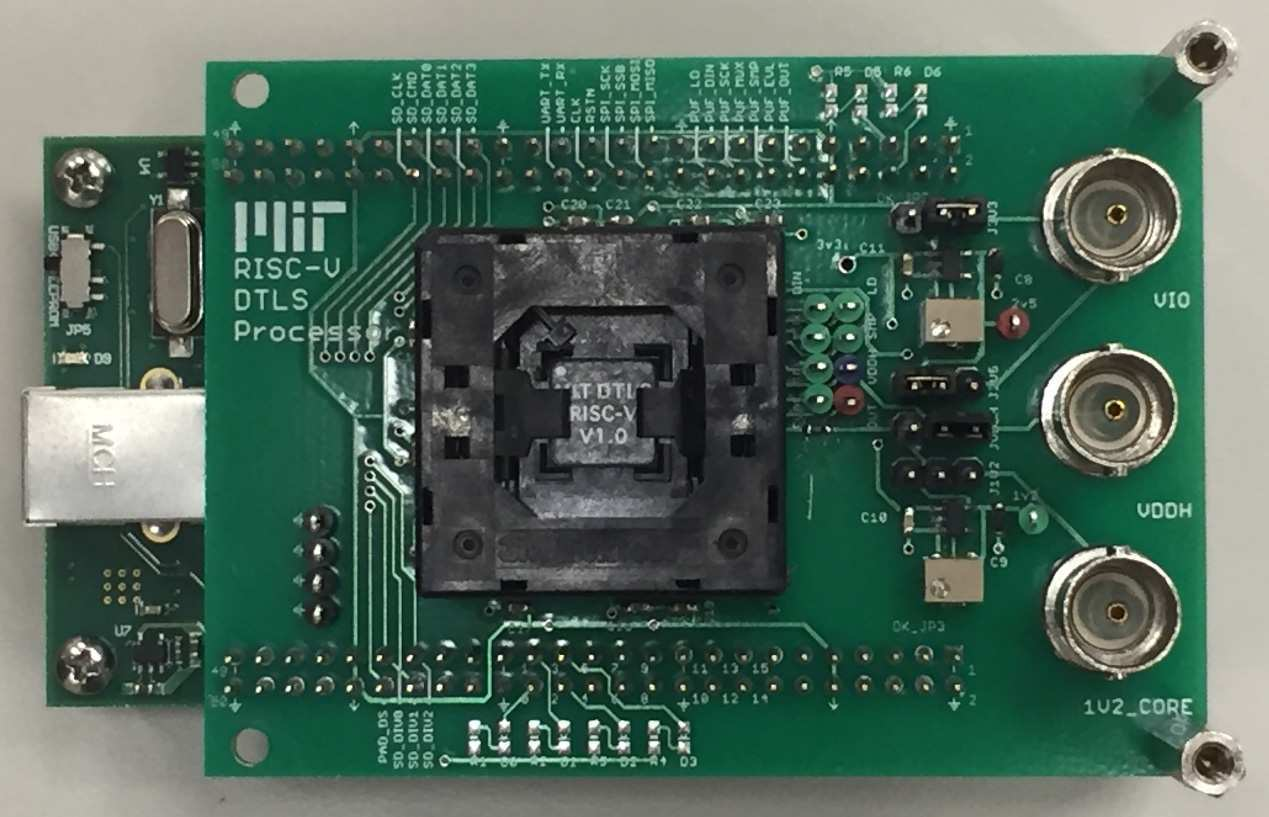Originally posted by the_scx
View Post
https://endlessos.com/ There is the endlessos solution they are a debian base. Yep flatpak instead of snap. Nothing really special to Ubuntu core.
Originally posted by the_scx
View Post
Originally posted by the_scx
View Post
Originally posted by the_scx
View Post
Originally posted by the_scx
View Post

 This is exactly the same difference as between Debian and Ubuntu Core in IoT.
This is exactly the same difference as between Debian and Ubuntu Core in IoT.


Comment